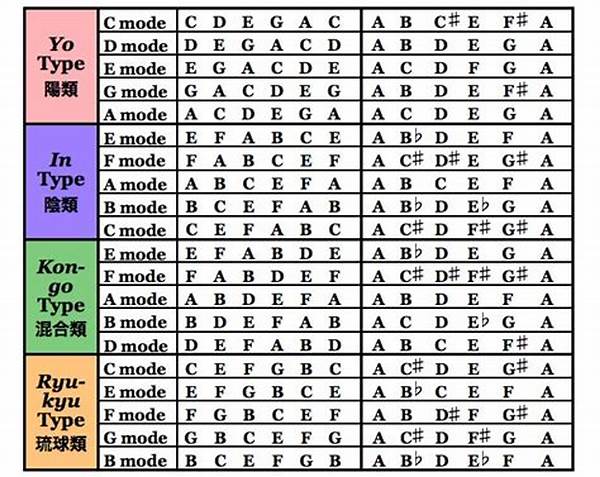The rise of Japanese music in Western charts marks a cultural phenomenon that has captivated audiences worldwide. As the mesmerizing beats and profound lyrics of Japanese music continue to transcend borders, the fusion of traditional and contemporary sounds resonates with a global audience seeking fresh and dynamic experiences. In this exploration, we unfold the multifaceted layers of Japanese music’s influence on Western music scenes, unraveling how artists from the Land of the Rising Sun are making waves internationally.
Read Now : Empowerment Playlist Trends For Music Artists
The Rise of Japanese Beats in the West
Japanese music in Western charts has become quite the phenomenon, capturing ears and hearts across the globe. In recent years, these vibrant tunes have broken through the language barrier, proving music truly is a universal language. Artists like Kenshi Yonezu and Perfume are just a couple of names who have become chart sensations.
There’s something particularly catchy about their beats and lyrics, a fresh vibe that’s hard to resist. This surge in popularity can be attributed to the unique blend of traditional sounds with modern beats, creating a fusion that’s undeniably appealing. Japanese music in Western charts has become synonymous with innovation, creativity, and a dash of quirkiness that makes it stand out.
Streaming platforms have played a massive role in this cultural exchange, allowing listeners from different time zones to tune in and jam out to popular Japanese hits. From pop to rock, and even hip-hop, the variety is endless. Japanese music in Western charts is a testament to how diverse musical influences can come together to create something truly magical.
Breaking Down the Influence
1. K-pop may dominate, but Japanese music in Western charts is on the come-up, showcasing its unique charm.
2. Anime soundtracks have paved the way, with fans eager to explore more.
3. Collabs between Japanese and Western artists are lit, bringing diverse sounds together.
4. Viral trends on TikTok have hyped Japanese tracks, making them chart-toppers.
5. Fans can’t get enough of the aesthetic vibes in Japanese music videos, adding to the appeal of Japanese music in Western charts.
The Culture Blend in Beats
In the ever-evolving musical landscape, Japanese music in Western charts is a refreshing breeze. The fusion of Japanese and Western influences creates a soundscape that’s both nostalgic and futuristic. This blend is not just about music; it’s a cultural exchange, a sharing of artistry that transcends borders.
Japanese artists bring a certain flair to the scene that Western audiences find intriguing. The blend of traditional Japanese instruments with electronic beats creates something novel. It’s this juxtaposition that makes Japanese music in Western charts a topic of intrigue. The lyrics, often poetic, touch on universal themes that resonate deeply.
For many, this exploration of Japanese music is about more than just tunes. It’s about discovering a new world, one where art and culture intersect in harmonious elegance. The rise of Japanese music in Western charts is proof of its global appeal and remarkable adaptability.
Artists Shaping the Scene
Japanese music in Western charts is seeing a surge thanks to innovative artists. These musicians aren’t just performers; they’re ambassadors of culture. Take Yoko Ono’s revolutionary pieces, or the J-rock bands that have become cult favorites outside Japan.
1. Babymetal mixes heavy metal with J-pop, creating an electrifying formula.
Read Now : Popular Indie Rock Playlists 2023
2. Hikaru Utada seamlessly blends English and Japanese, appealing to global audiences.
3. Kyary Pamyu Pamyu’s eccentricity is unmatched, a true pop icon.
4. Nujabes’s chill beats continue to inspire lounge vibes globally.
5. One Ok Rock’s energy electrifies stages worldwide.
Why the West is Hooked
Japanese music in Western charts is like a breath of fresh air for many. The exotic allure of melodic scales and rhythmic sequences presents listeners with something different from the mainstream. It’s a bit avant-garde, yet comfortingly familiar. The lyrics often dive deep into emotion, striking chords with listeners.
Curiosity drives exploration—listeners seeking something outside their music bubble often stumble upon Japanese tracks. It’s an auditory adventure of sorts. Artists like Radwimps and Aimer bring cinematic experiences through their songs, transporting listeners to different realms. This is a part of why Japanese music in Western charts continues to grow and why Westerners can’t seem to get enough.
In conclusion, the trend of Japanese music in Western charts unveils the transformative power of global music. It’s more than just chart numbers; it’s about embracing diversity, celebrating individuality, and fostering cross-cultural connections. This movement is music to the ears of a world that’s increasingly interconnected.
Groove with the Flow
Japanese music in Western charts is steadily becoming a staple on playlists worldwide. Fans of this genre enjoy a unique auditory feast—every song a story, every beat a journey. It’s a symphony of cultures, all blended into one harmonious soundscape. The novelty and allure lie in its unpredictability.
Many fans find themselves immersed in music they don’t completely understand linguistically but can feel on an emotional and visceral level. There’s a magic to it—a magnetic pull that transcends geographical and cultural boundaries. This growing admiration is shaping how Japanese music is perceived on international stages.
As we continue to witness the seamless integration of Japanese music in Western charts, it’s evident that these rhythms and melodies have found a permanent place in the hearts of global audiences. The cross-pollination of artistic expression continues to redefine how we experience music, bridging cultures through the universal language of sound.
